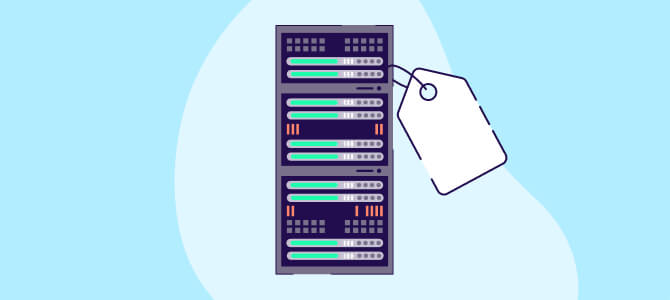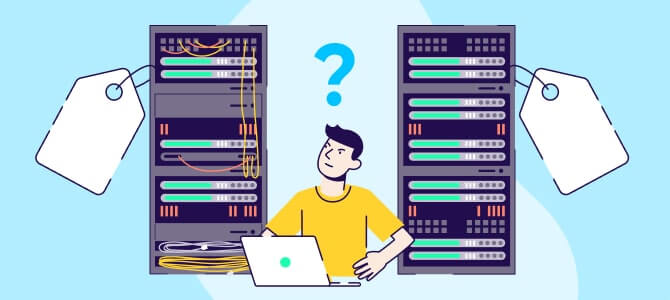
White-label DSP

It is a demand-side platform (DSP) advertisers and marketers purchase and customize for ad placements. White-label DSPs can be integrated with as many ad exchanges and supply-side platforms (SSP) as necessary, which gives advertisers access to comprehensive and diverse audience segments.
What is a white-label DSP?
Advertisers opting for white-label DSPs want more control over their ad traffic and don’t want to rely on third parties to control their advertising.
Along with supply-side platforms, DSPs enable programmatic advertising, and allow advertisers to manage their advertising across numerous ad networks (instead of just one.) White-label DSPs are where it’s at for advertisers and marketers because they can buy their traffic worldwide, filter and customize their audience segments, all without limitations.
A white-label DSP is the answer if you’re a large ad agency or a corporation with high-volume advertising needs. When investing in a white label, you can create your programmatic platform and a steady revenue stream without third-party DSPs to carry out your programmatic advertising campaigns.
So, while the initial investment is more significant, the long-term yields and money-saving potential are greater than with a self-serve or full-serve DSP.
What are the top 2 benefits of a white-label DSP?
Full transparency, ultimate control, and total streamlining of media buying are generally why advertisers and marketers opt for a white label.
But those aren’t the only noteworthy advantages white-label DSPs can offer:
- Going white-label gives you better control over ad traffic. Without a white label, you’re reliant on multiple DSPs, which can potentially have you bidding on the same impression through separate platforms and competing with your own bids — which is just silly and defies logic. White labels grant you the ability to create multiple ad accounts, eliminating the need for multiple DSPs.
- They help you spend less money overall. Instead of paying a monthly fee for a DSP that comes as a SaaS, you customize a white-label DSP for your specific needs, which means you’ll stop overpaying for impressions. While the initial price tag seems higher than other DSPs, the long-term savings and potential for savings are far greater.
How to choose a white-label DSP

Before selecting a white-label DSP, you’ll first need to better understand your own unique ad needs.
White-label DSPs offer proprietorship, which helps increase any advertiser’s range of freedom in the highly competitive digital marketplace. The more autonomy an advertiser has, the better their chances are of winning their bids.
The bottom line is that white labels give advertisers total control over their campaign performance. But, beyond that, how do you know a white label is the right choice for you?
Here are two critical factors to consider before choosing a white label:
- Ad spend. Is your media-spend small? If yes, then this probably doesn’t apply to you. However, suppose you deal with considerable advertising needs and a budget to go with it. In that case, you should know that advertisers and media buyers who took their programmatic in-house saved around $10 million — and that was only in the first six weeks.
- Are you heavily mobile over desktop? Or desktop over mobile? Answering these questions will help you understand your needs when vetting which white-label DSP integrations will work best with your current data management platforms (DMP) and customer data platforms (CDP).
Understanding your budget and integration needs will optimize the proprietorship all white labels offer by tailoring the programmatic system to work specifically within and for your needs.
What’s right for you? White-label, full service, or self-serve DSP?
Maybe a white-label DSP isn’t what you need. With so many demand-side options to choose from, it’s essential to understand what each platform offers to find the right one for you.
Full-service DSPs
A full-service DSP is almost like hiring an agency to help you with your advertising needs.
That means you give up the complete control and transparency of a white-label to an external team that takes control and responsibility. Ultimately, this gives you less control and flexibility over campaign execution. However, it’s a more convenient option for those with no in-house teams, smaller ad needs, and initial spend budgets.
Self-serve DSPs
Unlike a full-service DSP (that’s almost the exact opposite of a white-label DSP), a self-serve DSP and a white-label look like twins — but they aren’t identical. And while the differences aren’t immediately noticeable (like twins), they’re there if you look hard enough.
Like a white-label DSP, a self-serve cuts out the third-party professionals, giving the advertiser the same and complete control and transparency over their ad campaign.
However, you sign up for a self-serve, you don’t buy and customize a self-serve like you would a white-label DSP. Basically, a white-label is ideal for bigger companies, whereas the self-serve option is for those mid-sized enterprises that want the benefits of a white label but lack the budget.
Key Takeaways
The benefits of opting for a white-label DSP are evident and evolving as fast as the programmatic industry itself. But you don’t have to feel overwhelmed. Here’s everything you need to remember about a white-label DSP:
- It’s a demand-side platform advertisers and marketers buy and customize to suit their specific needs.
- It gives advertisers more control and transparency over their ad campaigns and traffic. And, since it’s not delivered as a SaaS with a monthly subscription fee, it has long-term money-saving potential.
- Your budget and integration needs are important to understand before opting for a white-label DSP.
- Self-serve and full-service DSPs are alternatives to going white-label. The closest you can get to the benefits of a white-label DSP is opting for a self-serve that offers the same proprietorship, but it’s limited in its ability to customize.



